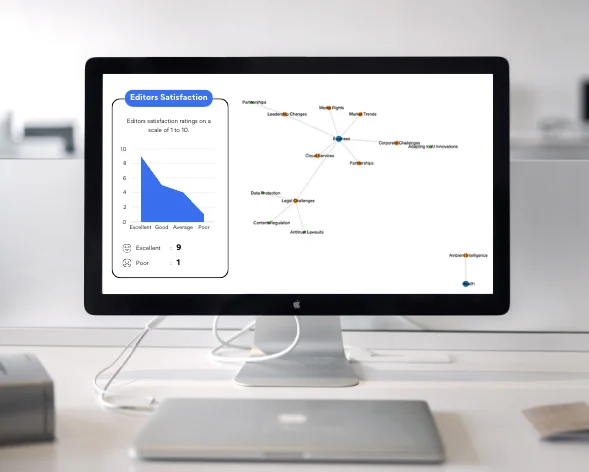Solution
Data Analysis and Preparation
We started by collecting and analyzing data from both students and schools. The student dataset included demographics, academic performance, interests, and location, while the school dataset comprised academic programs, facilities, and various other performance metrics. Using exploratory data analysis (EDA), we identified patterns and cleaned the data, handling missing values, encoding categorical variables, and assigning compatibility scores.
Feature Engineering
Key features were engineered to enhance predictive power:
- Distance to School: Calculated using the Haversine formula to assess commute feasibility.
- Academic Fit: Compatibility score based on student grades and school admission criteria.
- School Performance: Included graduation rates and test scores to measure school quality.
- Student Preferences: Transformed survey data on preferences into quantifiable features.
Model Selection and Training
We selected a supervised learning approach and tested several algorithms, including logistic regression, decision trees, random forests, and gradient boosting machines (GBM). The model was trained using a labeled dataset of historical matches and optimized through grid search for hyperparameters.
Evaluation and Fine-Tuning
The model’s performance was evaluated using precision, recall, and F1-score, with k-fold cross-validation ensuring consistency. We also conducted fairness evaluations to ensure equitable recommendations across demographics. The model was iteratively fine-tuned based on these evaluations.
Result
Achievion’s AI-driven solution streamlined the process of selecting business schools, providing candidates with tailored recommendations based on minimal data inputs. The refined AI model significantly expedited the candidate selection process, enhancing efficiency by 42%.








